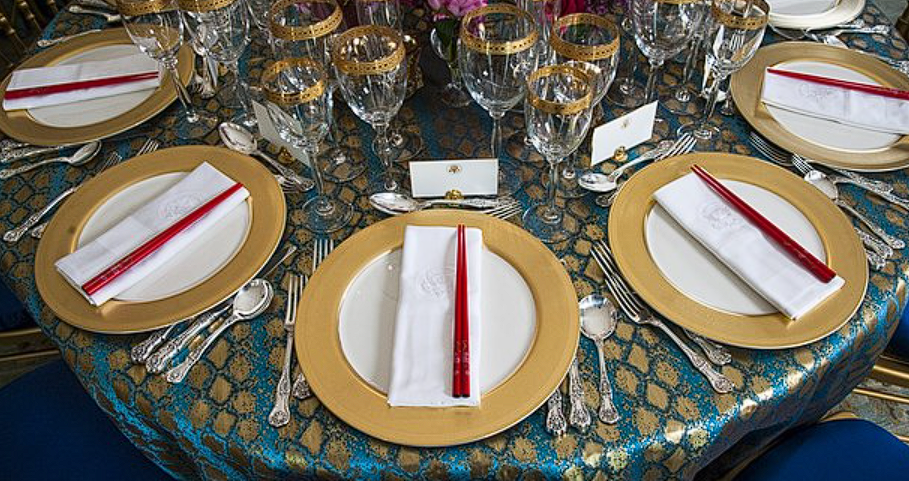Why we place the fork on the left and the knife on the right.
Others are reading now
Have you ever noticed the subtle placement of cutlery on a set table? The fork on the left and the knife on the right is a mysterious ritual that has evolved over time. But why this specific arrangement?
The arrangement of cutlery reveals a certain subtlety, where each element finds its place to create a refined culinary experience. Among these rules, the placement of the knife and fork occupies a particular position.
Generally, the knife is positioned to the right of the plate, while the fork is on the left.
Also read
This seemingly simple arrangement has historical roots dating back to the 16th century, a time when the knife was a multifunctional tool, used for cutting food and bringing it to the mouth, as reminded by 20 Minutes.
Thus, this tradition of cutlery placement is not just a formality, but rather a reflection on past culinary practices, a delicate way of celebrating the evolution of customs through the ages, while bringing a touch of elegance to our contemporary tables.
Defensive meaning
The knife, in addition to its utilitarian function at the table, formerly carried a particular meaning as a defensive tool, positioned to the right of the plate as a symbolic homage to the knights’ sword, also worn on the same side.
Its existence precedes that of the fork, and it is recognized as the predominant utensil at the table. It is worth noting that its versatility goes beyond simply slicing meat.
It plays an active role in directing bites towards the fork, which, for its part, remains a fixed element in this culinary dance.
This central role of the knife underscores the importance of handling it with ease. Given the predominance of right-handed people, their ease of handling the knife is maximized when it is positioned to the right of their plate.
Thus, the arrangement of cutlery is not limited to formal rules, but also reflects practical consideration, ensuring a smooth and pleasant culinary experience for all diners.
The person in charge must also remember
The person in charge of setting the table must also remember that the tip of the knife should be pointed upwards, with the cutting edge turned towards the plate.
This orientation towards the plate, when a diner turns the knife, avoids any “threat” towards their neighbor. Moreover, more rarely, the role of the knife is not limited to cutting meat or fish, it also intervenes in the service of desserts.
In this context of the end of the meal, it takes place horizontally between the glasses and the plate, the cutting edge directed towards the plate and the handle positioned on the right, in accordance with the hand that is used to take it.
The dessert fork follows suit, adopting the same arrangement, with the handle to the left and positioned closest to the plate. Thus, the arrangement of cutlery becomes a delicate choreography, where each element plays a specific role, contributing to a gastronomic experience as elegant as it is functional.


